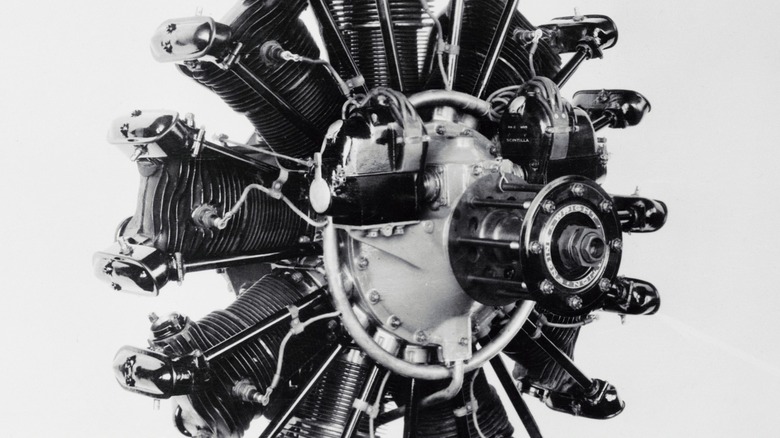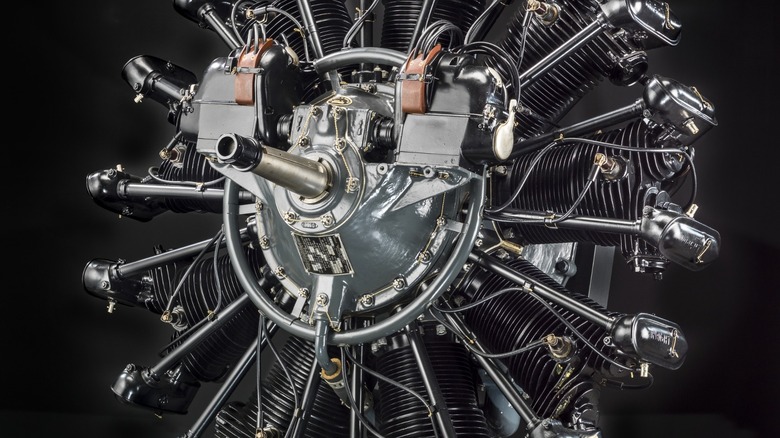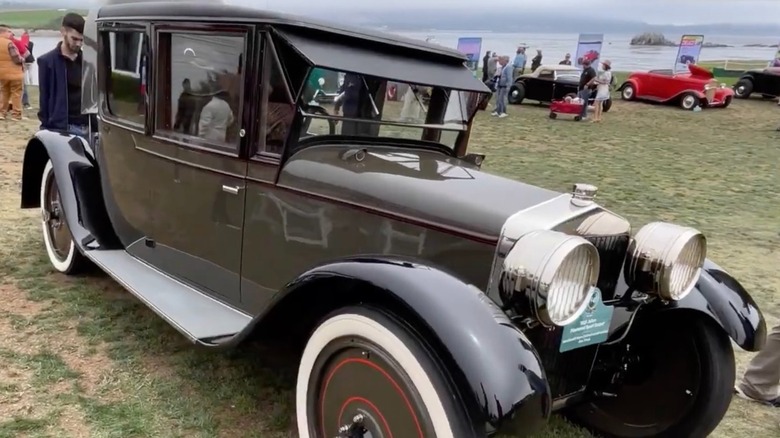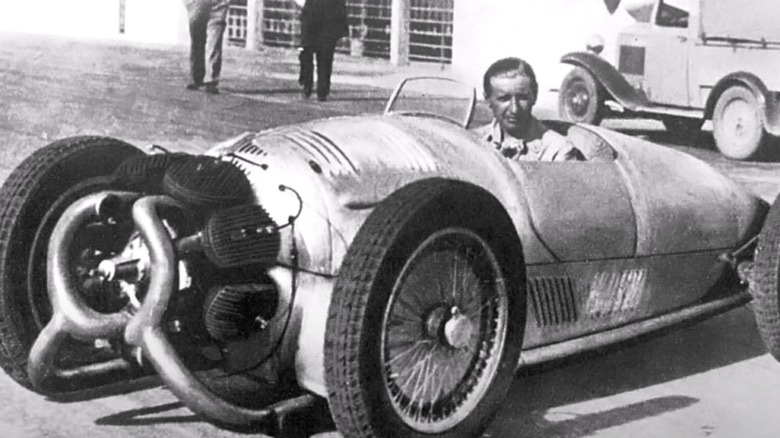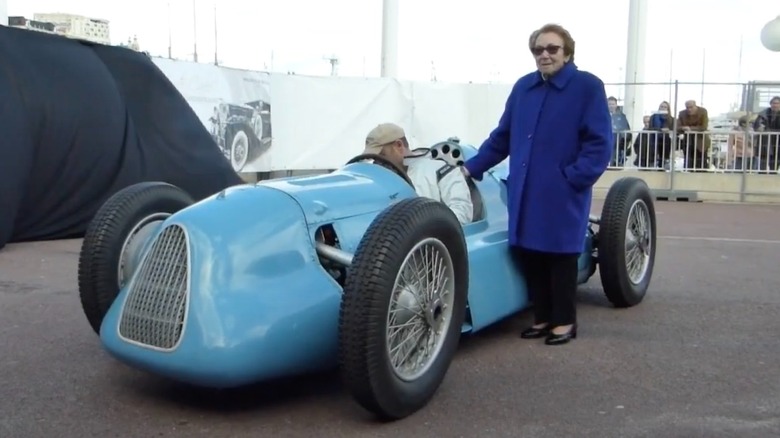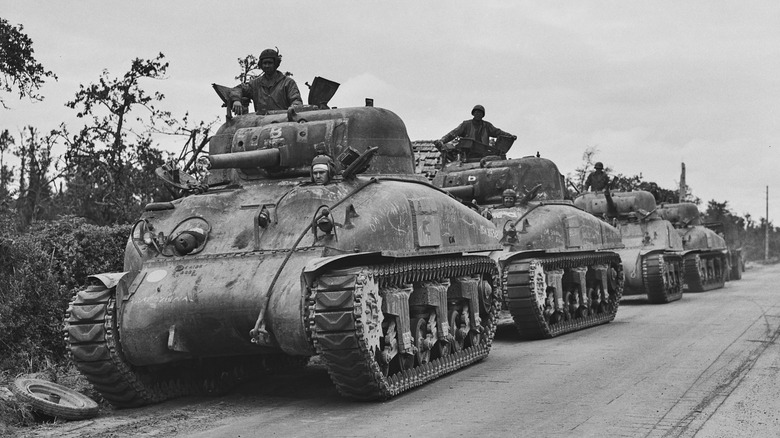Have Radial Engines Ever Been Used In Cars & Do Companies Still Make Them Today?
During World War II the radial engine was popular, and it was used in many fighter and bomber aircraft. Manufacturers in aviation used them because the engines deliver a ton of power for their size, with the most powerful models delivering 3,500 hp.
Such potential was also noticed by aviation and automobile enthusiasts, who theorized that the radial engine would be useful in cars. After all, inline or v engines used to power cars have been utilized for aviation, and jet engines from aircraft have been tried in automobiles, like the Chrysler Turbine and Rover Jet1.
Transferring the powerful output of the radial engine into a land vehicle was worth a try and some were adopted in prototypes and concept cars throughout the first half of the twentieth century. Let's check out a few of these cars that hosted a radial engine and see why companies no longer make such motors for cars today.
1922 North-Lucas Car
The North-Lucas car was a 1922 two-door saloon shaped like a boat in an early attempt at streamlining. The other standout feature was the five-cylinder air-cooled radial engine, with a 1,460cc displacement, sitting in the rear compartment right above the wheels. This allowed the car to be compact by mounting the engine above the gearbox and rear-axle unit.
Aside from its owner, only one other person had driven the North-Lucas car by the end of 1922 — a motoring journalist who heaped praise on the vehicle, calling it vibrationless and comparing the engine to a turbine. The North-Lucas could cruise at 35 mph, reach a top speed of 55 mph, and had no problems climbing hills. The car was reliable for its time — requiring no service in 150 miles — and the engine was reportedly near impossible to overheat.
Aston-Martin and Bentley racing driver H. Kensington Moir liked the car, and although it was just a proof of concept, not intended for production, the owner considered it after such positive feedback. However, he did not push through, and the North-Lucas was never offered for sale to the public.
1925 Julian Sport Coupe
In the 1920s the Julian Sport Coupe was a sporty automobile created by the wealthy Julian S. Brown, who had inherited approximately $2.5 million – near $45 million in 2024. The car used a rear-mounted radial engine with six cylinders installed horizontally that pushed out 60 hp.
Aside from its unconventional engine, the Julian Sport Coupe was built for luxury with its elegant finish. It had a unique interior layout with the driver sitting in the middle, flanked by passengers on either side, like the McLaren F1. There were also two folding jump seats against the dashboard, allowing the car to carry up to five people.
The Julian Sport was supposed to go on sale for $2,500, but owing to the economic conditions at the time, and the high cost of building an entirely new car, the controlling company folded and declared bankruptcy. After being placed in storage, the sole model was discovered and restored to operating status in 1966.
1935 Monaco Trossi Grand Prix Racer
The high power output of the radial engine also caught the attention of some aspiring Grand Prix racers. Driver Count Carlo Felice Trossi funded Augusto Camillo Pietro Monaco in 1935 to build a front-wheel drive Grand Prix racer powered by a 16-cylinder radial engine.
The Monaco Trossi divided its 16 cylinders into two rows, giving the car a 3,982cc displacement. It also had two superchargers mounted behind the engine, allowing it to produce 250 hp at 6,000 rpm. This was a lot of power for 1935, with the most powerful car in the world at that time sporting 400 hp in the Duesenberg Model SSJ.
Despite the massive potential of this engine, it also came with a huge drawback — the heavy radial meant that the racer had a weight distribution of 75% in the front and 25% in the rear, causing massive understeer. This meant that there was a high chance it would be unstable around twists, turns, and curves, making it unsafe as a racer without a complete rethink of the chassis. Unfortunately, it never raced because of its dangerous design.
1939 Guidobaldi Prototype Racer
Francois Guidobaldi was an inventor and team mechanic on Bugatti race cars who designed and built a 10-cylinder aircraft engine, before building his own race car. The vehicle — sometimes referred to as the Guidomobile — had a unique chassis that leaned into corners when turning, much like a motorcycle. It also had a mid-engine layout and looked similar to Auto Union Grand Prix cars with a V16 engine. Guidobaldi used a 1.5-liter eight-cylinder radial engine placed horizontally with two Roots-type superchargers. This gave the car a low center of gravity for improved stability, while outputting approximately 200 hp.
The prototype race car began construction in 1939, but the outbreak of World War II and the material shortages during and after the conflict delayed its development. It wasn't until 1951 that Guidobaldi completed the main chassis, and it was finally displayed to the public in 1956 at the Exposition Automobile de Nice.
Some major auto manufacturers, Mercedes-Benz in particular, had an interest in the vehicle, but no one was successful in acquiring it. Guidobaldi suggested that the car could hit a top speed of 174 mph, but since he lacked the funding to test it in Formula 1, the radial-powered race car wasn't able to make its debut.
What happened to the radial car engine after World War II?
The start of World War II in 1939 affected all civilian development of automobile engines. Nevertheless, the radial still found its way into thousands of tanks that the Allies fielded. Some variants of the M3 Lee, the M4 Sherman, and some of the best tank destroyers, like the M18 Hellcat, were powered by radial engines.
However, these tanks mostly used radial engines because of their availability and reliability. When the American automotive industry was able to gear up for the war, American tanks started switching over to other engines like the GM 6046 Twin, the Chrysler A57 Multibank, and the Ford GAA V8. One reason for the switch was that the tall profile of the radial engines required tank hulls to be high, which is less than ideal in battle when you want to keep as low as possible.
Advances in engine technology during and after World War II meant that inline and v engines could deliver the same power as radial engines but in a more compact size. Turbine engines had also started to supplant the radial in aircraft development, and so the radial was slowly edged out of production in the aviation industry. Automobile manufacturers had no interest in developing a car around a massive engine when there was a smaller alternative that could deliver a better power-to-weight ratio, thus ending the prospect of radial engines in cars for good.
